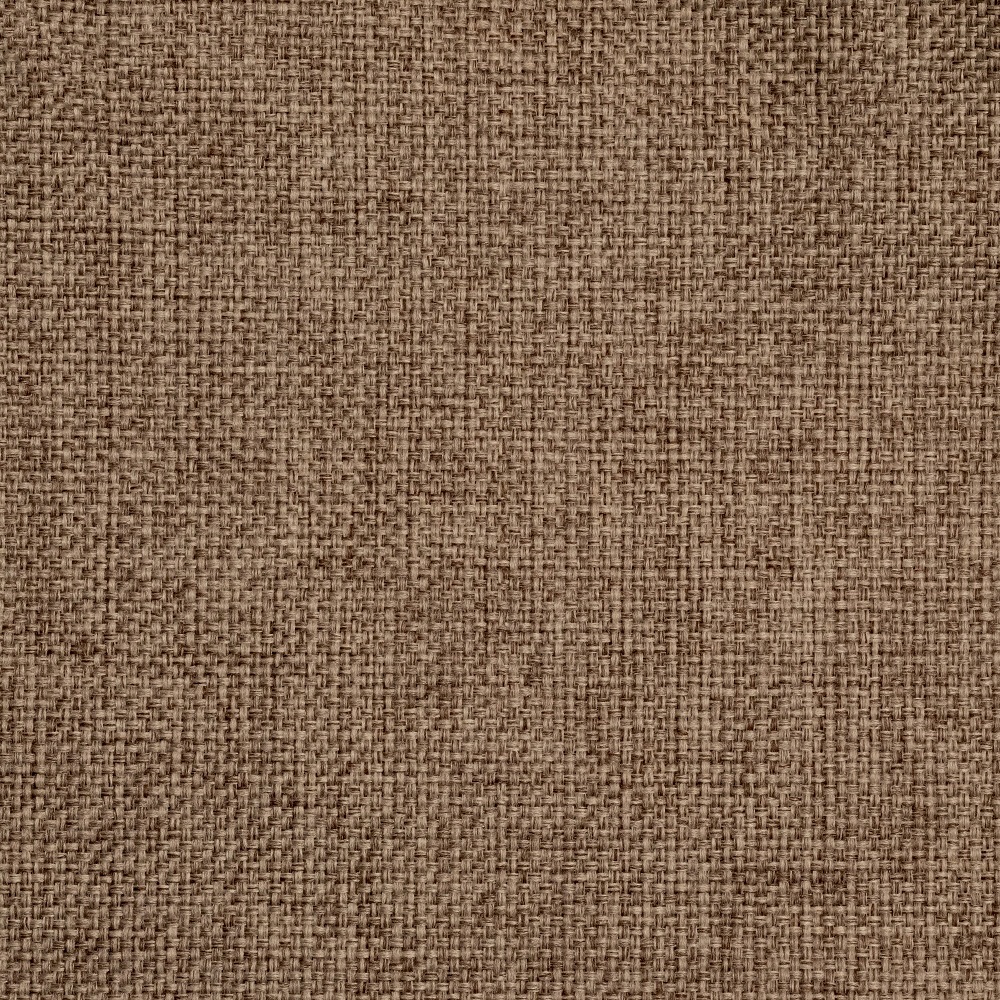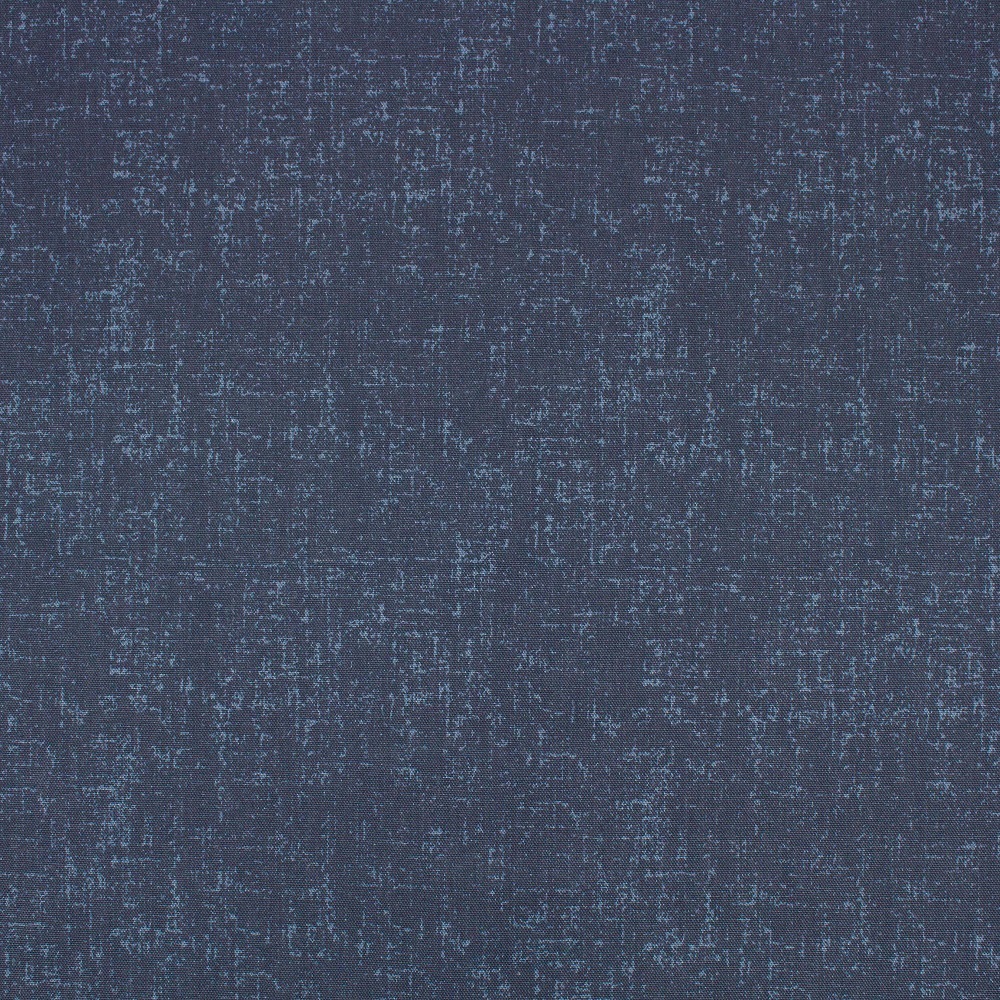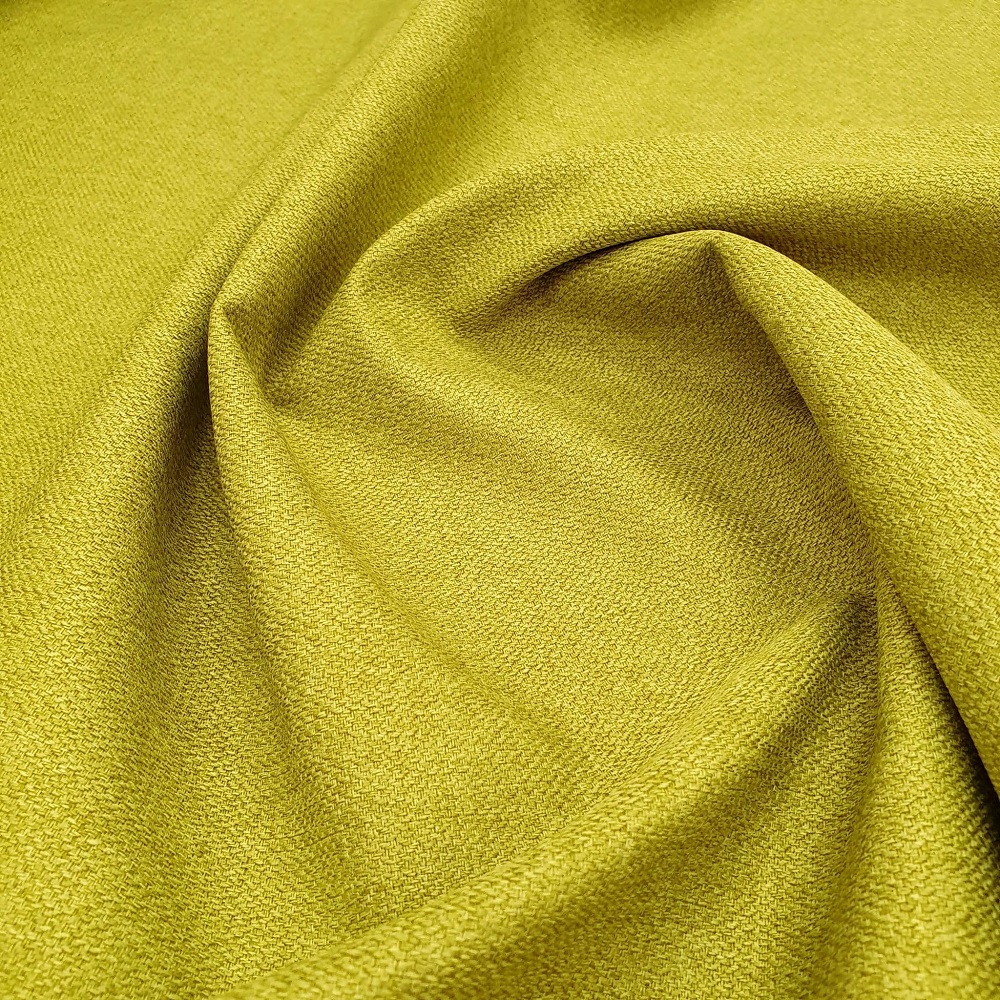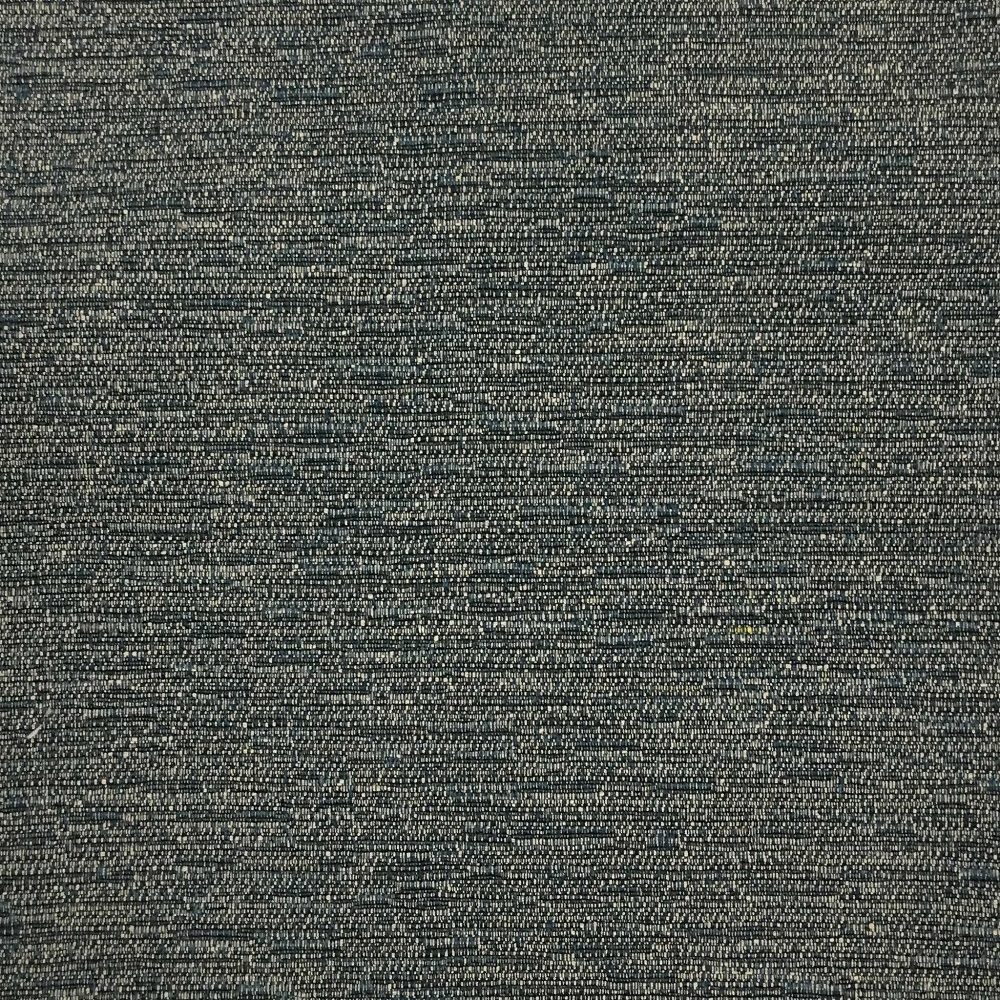Introduction to Mold on Fabrics
Mold is a common issue, affecting fabrics and causing damage and health risks. It appears in environments that are damp and warm, making places like Singapore a hotspot for mold growth on clothes and upholstery.
Mold spores thrive on moisture and can rapidly infest fabric, leaving behind stains and a musty smell. If not addressed quickly, mold can lead to deterioration of fabric fibers, and cause reactions in sensitive individuals, such as respiratory distress or skin irritation.
Understanding how to remove mold from fabric is essential for maintaining your garments and health. A systematic approach from identification to treatment and prevention will keep fabrics in good shape.
This guide will provide you with the necessary steps for effectively removing mold from various types of fabrics. Each section is designed to walk you through the process, ensuring a comprehensive cleanup. Whether you’re faced with a delicate silk blouse or a durable cotton shirt, the following information will help you reclaim your wardrobe from the grips of mold.

Safety Measures for Mold Removal
Before you tackle mold on fabrics, safety is key. Wear gloves and a mask to shield yourself from mold spores. This helps prevent breathing in spores which can harm your health. Work in a space with good airflow. Open windows or use a fan to keep air moving and spores from settling. Wear old clothes as they may get bleach or vinegar stains during the cleanup. This way, you can throw them away after without worry. Keep your work area clean to stop spores from spreading. After removing mold, wash gloves, mask, and old clothes you wore. Clean your surroundings with a damp cloth to pick up any remaining spores. Safety first ensures mold doesn’t affect your health while you clean.
Identifying Mold-Affected Clothes and Linens
Recognizing mold-affected fabrics is the first step in addressing the problem. Look for visible signs of mold, such as black, green, or white spots, and a musty smell on your clothes and linens. These indicators suggest the presence of mold.
Inspect your wardrobe and linen closet regularly, especially in humid climates, like Singapore’s. Pay special attention to damp, dark places where mold spores flourish.
Feel the fabrics for dampness. Mold grows in moist areas. If clothes feel damp to the touch, they could harbor mold.
Check stored clothes and linens. Clothes packed away for seasons can mold if not stored correctly.
Use your nose. Mold has a distinct musty odor, easy to spot when sniffing fabrics.
Once you identify moldy items, isolate them to stop spore spread. Handle them with care and get ready to clean them thoroughly.
Preliminary Steps: Isolating and Shaking Off Mold
To start removing mold from fabric, isolation is key. Separate moldy items from clean ones. This prevents spores from spreading. Do this by placing moldy fabrics into plastic bags or bins. It’s a simple, yet crucial, first step.
Next, take the items outside. Shake them gently to dislodge loose mold. Do this in an open space to avoid contaminating your home. It’s advisable to wear gloves and a mask during this process for protection.
Shaking also increases the effectiveness of cleaning later on. It removes surface spores, making deeper cleaning easier. Always check the weather before doing this. You want a dry day to prevent adding more moisture to the fabric.
Remember, these preliminary steps are just the start. The actual cleaning of the mold comes next. Be thorough during these first steps to set the stage for effective mold removal.
Combating Mold: Natural and Chemical Solutions
Fighting mold on fabrics involves natural and chemical strategies. These solutions aim to kill mold spores and remove stains effectively.
Natural Mold Remedies
Natural products can be gentler on fabrics and safer for the environment. Here are common natural mold killers:
- White Vinegar: This natural acid disrupts mold growth. Spray diluted vinegar on the fabric and soak for an hour.
- Baking Soda: Sprinkle baking soda on damp areas. It absorbs moisture and neutralizes odors.
- Lemon Juice and Salt: This combo breaks down mold on delicate fabrics. Apply, then expose to sunlight.
- Tea Tree Oil: A potent anti-fungal. Mix with water and spray on affected areas.
Natural remedies often need sunlight to work best. After applying, place fabrics outside in direct sunlight to dry.

Chemical Mold Fighters
For persistent mold, stronger chemical solutions may be necessary. Use these with caution:
- Bleach: Apply diluted bleach for white or very durable fabrics. Rinse thoroughly after treatment.
- Hydrogen Peroxide: A less harsh alternative to bleach. Test on a small area first.
- Commercial Mold Removers: They are specifically formulated to tackle mold. Follow the product’s instructions.
When using chemicals, always work in ventilated areas. Wear gloves and a mask to protect skin and lungs.
Choosing between natural and chemical options depends on fabric type and mold severity. Remember to read care labels before starting any treatment.
Methods for Treating Various Fabric Types
Different fabrics require unique approaches to effectively remove mold without causing damage. Here’s how you can treat common fabric types:
Cotton and Linen
Cotton and linen are durable and can withstand stronger cleaning solutions. Use a mixture of water and vinegar, or add a bit of bleach for heavy mold. Wash them at a high temperature and air-dry in sunlight.
Delicate Fabrics (Silk, Wool)
For delicate fabrics like silk and wool, avoid harsh chemicals. Opt for gentle cleaning with white vinegar diluted in water. Spot clean by applying the solution gently with a cloth. Alternatively, use lemon juice and salt for spot treatment, then rinse carefully.
Synthetic Fabrics (Polyester, Nylon)
Synthetic fabrics often respond well to vinegar and baking soda. Mix these in equal parts to form a paste. Apply to the moldy spots, leave for a few hours, then wash as usual. Ensure thorough rinsing to remove all residues.
Leather and Suede
Treat leather and suede with caution. Apply a mildew inhibitor specific to these materials or use diluted vinegar gently wiped over the surface. Avoid soaking the material and condition afterwards to restore moisture lost during cleaning.
By understanding the specific needs of each fabric type, you can effectively remove mold while preserving the integrity and appearance of your garments.

The Mold Removal Process: A Detailed Walkthrough
Removing mold from fabric requires careful attention and specific steps to ensure effective eradication without damaging the material.
- Identify and Isolate Mold-Affected Items: Begin by identifying mold spots, noticeable by discoloration or a musty smell. Isolate these items immediately to prevent spore spread to other fabrics.
- Shake Off Loose Spores Outdoors: Carefully take the affected items outside and shake them to rid loose spores. This simple act reduces the amount of mold you’ll have to deal with during washing.
- Pre-Treat With Vinegar Solution: Mix equal parts water and white vinegar in a spray bottle. Spray the solution directly onto the moldy areas and let it sit for about 15 minutes. Vinegar helps break down and kill mold spores.
- Wash Thoroughly on a Hot Cycle: Place the pretreated fabrics in the washing machine. Use the hottest water setting that is safe for the fabric, along with a good quality detergent. The heat and the detergent together will help kill remaining mold spores.
- Dry Completely in Sunlight: After washing, ensure items are thoroughly dried. Sunlight not only helps dry the fabrics but also acts as a natural mold inhibitor, preventing spore regrowth.
- Repeat if Necessary: If you still notice mold or a musty smell, repeat the process. Some mold infestations may require more than one treatment for complete removal.
This detailed approach helps in effectively removing mold, preserving your fabric’s quality, and ensuring a healthy living environment.
Preventive Tactics to Keep Fabrics Mold-Free
To prevent mold on fabrics, adopt these simple habits.
- Keep Fabrics Dry: Always dry fabrics completely before storing. Moisture is mold’s best friend.
- Use Dehumidifiers: In humid places like Singapore, dehumidifiers help keep the air dry.
- Good Airflow: Ensure closets and storage areas are well-ventilated. Air movement discourages mold growth.
- Sun Exposure: Whenever possible, let fabrics sun-dry. The sun’s UV rays hinder mold.
- Clean Storage: Regularly clean places where you store fabrics. This wards off mold spores.
- Avoid Dampness: Never put away damp clothes or linens. Always ensure they’re bone-dry.
- Seal Leaks: Fix any leaks in your home. Wet spots attract mold.
- Check Often: Regularly inspect your fabrics. Early detection of mold means easier removal.
- Moisture Absorbers: Use silica gel packs in storage areas. They absorb excess moisture.
By following these tips, you can greatly reduce the chance of mold invading your fabrics.
Professional Services for Stubborn Mold Issues
When dealing with mold on fabrics, sometimes home remedies don’t cut it. For tough mold issues, professional services are available. These experts have the right tools and processes to handle stubborn mold without damaging the fabric.
Professional cleaners use advanced methods, like aqueous ozone technology, to kill mold efficiently. Aqueous ozone is effective against a wide range of microbes, including mold. It clears mold yet is gentle on fabrics. Some services also offer treatments like the 30-Day Germ Shield. Infused with silver ions, it provides long-term protection from mold.
Seeking professional help is a smart choice for valuable, delicate fabrics. It’s also wise if you’ve tried numerous cleaning methods without success. Professionals have access to specialized products and equipment that average consumers don’t. They can eliminate mold without harming the material, leaving your items safe and clean.
Professional cleaners are well-versed in the types of mold and fabrics. They can identify the best treatment for every item. This ensures a high success rate in mold removal. Plus, they can offer advice on how to prevent mold in the future.
In summary, if home cleaning fails, consider a professional service. They have the expertise to effectively remove mold and help prevent future growth. This can save your time and ensure your fabrics last longer.









